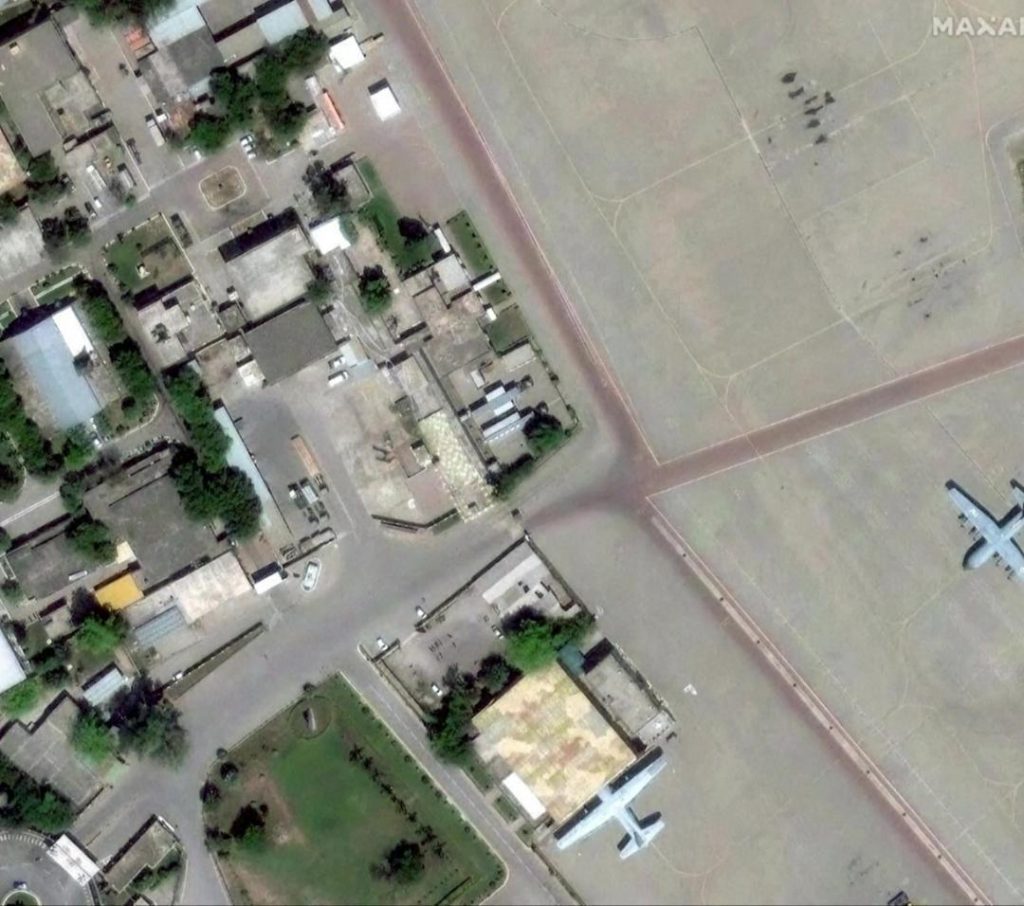
Air Defence Systems of China & Pak No Match for India’s BrahMos: Expert
The recent Operation Sindoor, carried out by the Indian Air Force (IAF) against Pakistan’s air bases, has raised questions about the effectiveness of the air defence systems of China and Pakistan. According to an American urban warfare expert, Colonel (Retd) John Spencer, the defence systems of China and Pakistan are no match for India’s BrahMos missile.
In an interview, Colonel Spencer praised the IAF’s precision strikes and said that the operation sent a clear message to Pakistan that India can hit anywhere in the country anytime. “China’s air defence systems and missiles are sub-par vis-à-vis India’s systems. India’s message was clear. It can hit anywhere in Pakistan anytime,” he said.
The BrahMos missile, developed jointly by India and Russia, has been a game-changer for the IAF. With a speed of over Mach 2.8, the BrahMos is one of the fastest cruise missiles in the world, making it nearly impossible to intercept. The missile’s accuracy and speed make it a formidable weapon, capable of destroying even the most heavily fortified targets.
China and Pakistan have been working on developing their own air defence systems, including the Chengdu J-20 stealth fighter jets and the Pakistan Aeronautical Complex (PAC) JF-17 Thunder fighter jets. While these systems have been touted as capable of detecting and intercepting incoming missiles, Colonel Spencer’s comments suggest that they may not be as effective as India’s BrahMos.
The Chengdu J-20, for example, is a fifth-generation stealth fighter jet that is designed to evade detection by radar. However, it is unclear whether the J-20 is equipped with advanced air-to-air missiles that could effectively intercept the BrahMos. The Pakistan Aeronautical Complex (PAC) JF-17 Thunder, on the other hand, is a fourth-generation fighter jet that is equipped with a range of air-to-air missiles, including the Chinese PL-12 and the Pakistani Anza.
Despite these developments, Colonel Spencer’s comments suggest that China and Pakistan’s air defence systems may not be able to effectively counter India’s BrahMos missile. “The BrahMos is a highly advanced missile that is designed to evade detection and intercept incoming missiles,” he said. “It’s a very difficult target to intercept, and I’m not sure that Pakistan or China has the capability to do so.”
The BrahMos has been used by the IAF in several operations in the past, including the 2019 Balakot airstrike, which was carried out in response to a suicide bombing in Pulwama that killed over 40 Indian paramilitary personnel. The airstrike was widely seen as a demonstration of the IAF’s capabilities and its ability to strike at targets deep within Pakistan.
In recent years, India has also been working on developing its own air defence systems, including the indigenous Akash missile system and the S-400 Triumf air defence system, which is being acquired from Russia. The S-400 Triumf is one of the most advanced air defence systems in the world, capable of detecting and intercepting incoming missiles, aircraft, and drones.
The development of India’s air defence systems has been driven by the need to counter the growing threat from Pakistan and China. In recent years, Pakistan has been rapidly expanding its military capabilities, including its air force, which is equipped with a range of fighter jets and air-to-air missiles. China, too, has been rapidly expanding its military capabilities, including its air force, which is equipped with a range of fighter jets and air-to-air missiles.
The BrahMos missile has been a key component of India’s air defence strategy, providing the IAF with a highly effective and reliable weapon system that can be used to counter a range of threats. The missile’s accuracy and speed make it a formidable weapon, capable of destroying even the most heavily fortified targets.
In conclusion, Colonel Spencer’s comments suggest that the air defence systems of China and Pakistan are no match for India’s BrahMos missile. The BrahMos is a highly advanced missile that is designed to evade detection and intercept incoming missiles, and it is unclear whether China and Pakistan have the capability to effectively counter it. The development of India’s air defence systems, including the BrahMos, is likely to continue, driven by the need to counter the growing threat from Pakistan and China.






